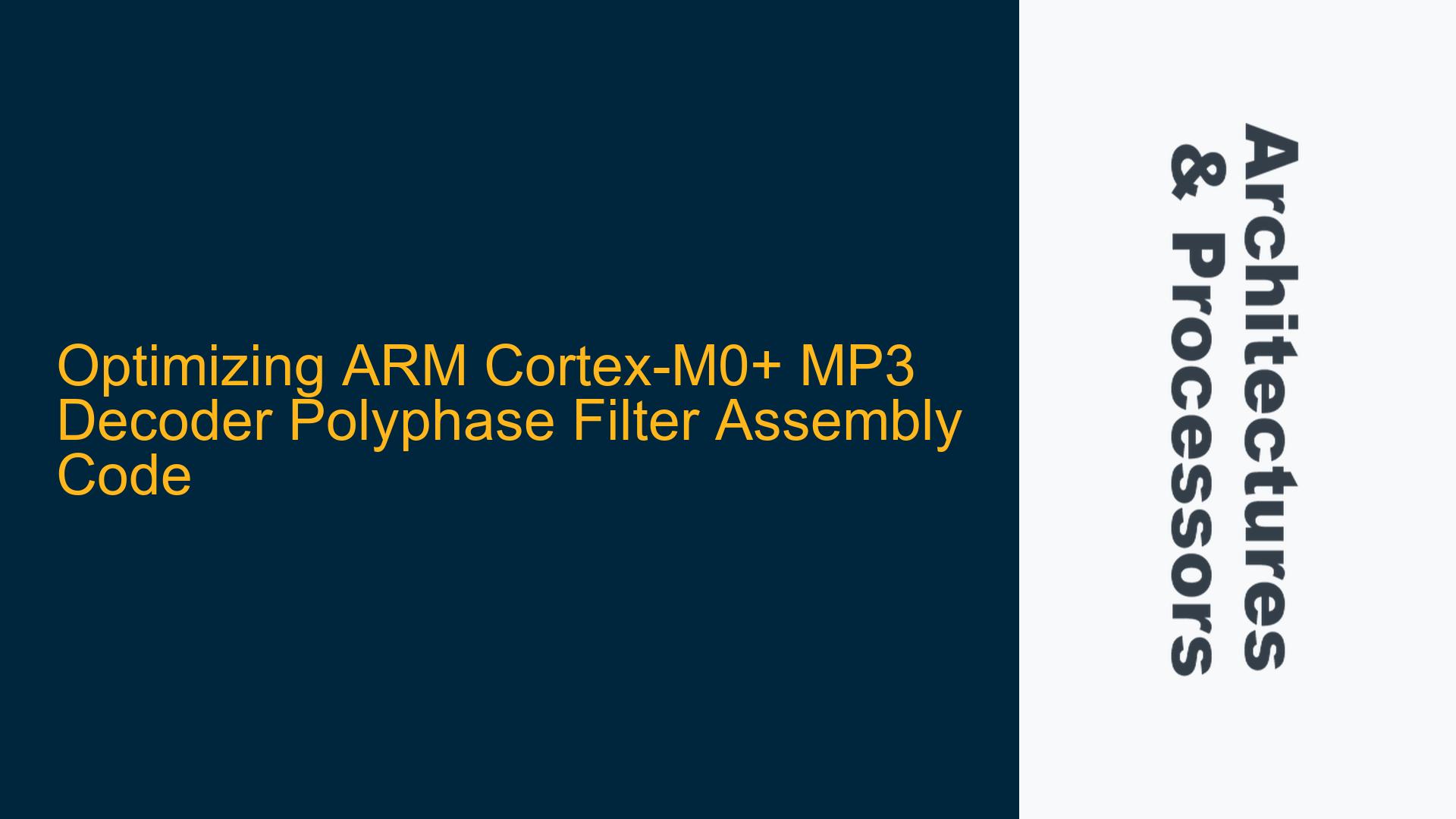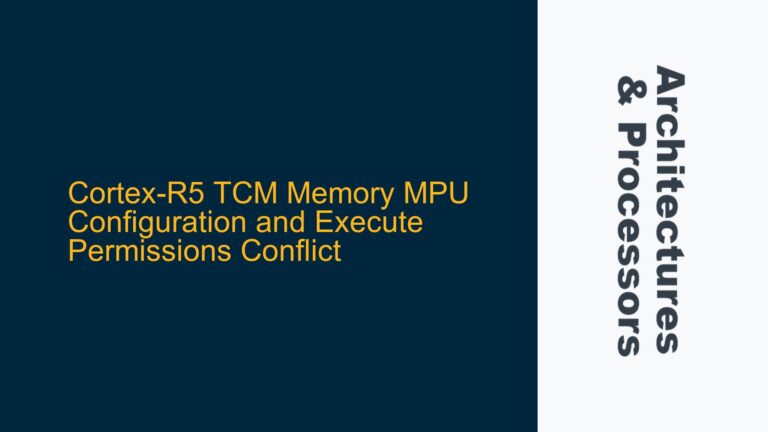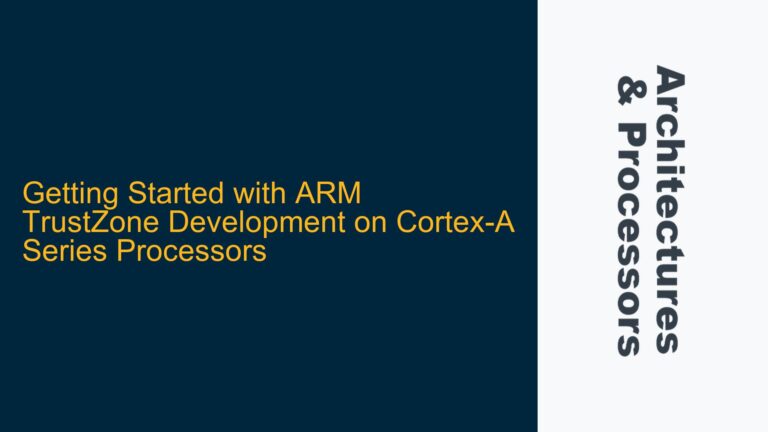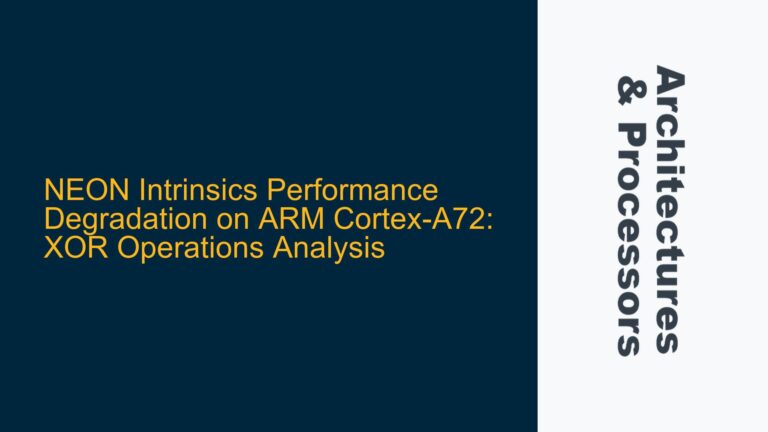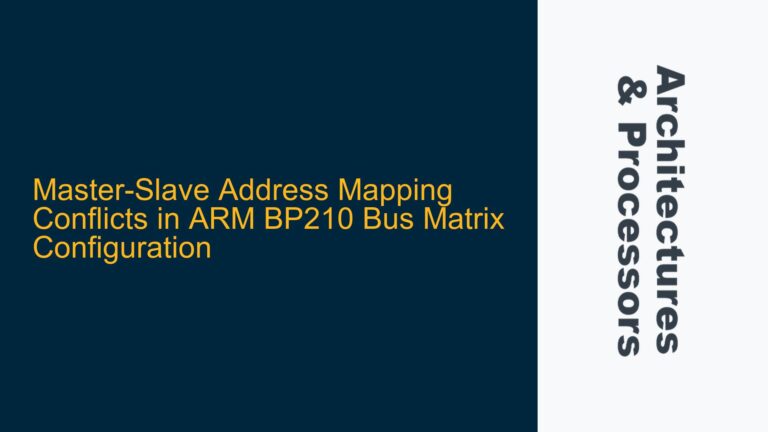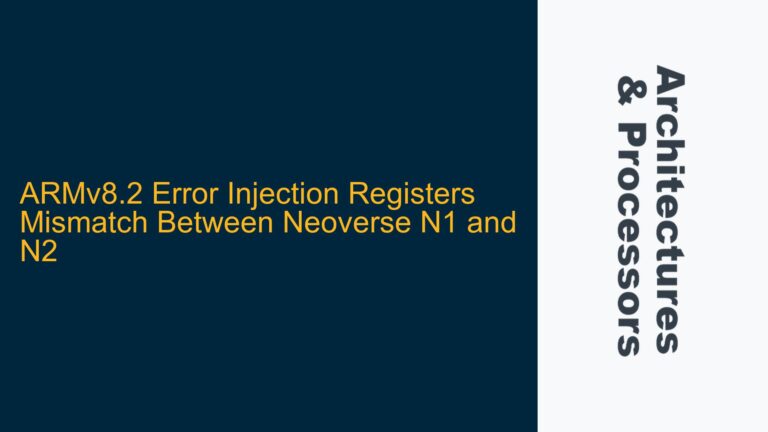ARM Cortex-M0+ Polyphase Filter Performance Bottleneck in MP3 Decoder
The polyphase filter section of an MP3 decoder is a critical performance bottleneck, particularly on resource-constrained processors like the ARM Cortex-M0+. The Cortex-M0+ architecture, with its limited register set and instruction set, poses significant challenges for implementing efficient 32-bit fixed-point arithmetic operations required for the polyphase filter. The core issue revolves around optimizing a specific 9-line C code segment that performs 64-bit accumulation using 32-bit multiplications. This segment consumes approximately 50% of the total MP3 decoding time, making it a prime target for optimization.
The Cortex-M0+ architecture restricts most operations to the lower registers (r0-r7) and lacks hardware support for 64-bit operations. This limitation forces developers to implement complex workarounds for 32-bit multiplication and 64-bit accumulation, often resulting in inefficient code. The Thumb instruction set on Cortex-M0+ further complicates matters by offering limited addressing modes and conditional execution capabilities compared to the Thumb-2 instruction set available on Cortex-M4 processors.
Register Pressure and Instruction Set Limitations in Cortex-M0+
The primary challenge in optimizing the polyphase filter implementation stems from the Cortex-M0+’s architectural constraints. The processor’s limited register set creates significant register pressure, particularly when dealing with 64-bit accumulations and intermediate results. The architecture only supports 32-bit multiplication through the MULS instruction, which takes 1 cycle but produces a 32-bit result, requiring additional instructions for 64-bit accumulation.
The instruction set limitations are particularly evident in the handling of 64-bit values. While the Cortex-M4 can use the SMLAL instruction for signed multiply-accumulate operations with 64-bit results, the Cortex-M0+ must implement this functionality through a combination of MULS, ADDS, and ADCS instructions. This implementation not only increases the instruction count but also creates dependencies that can stall the pipeline.
The addressing mode limitations further exacerbate the problem. The Cortex-M0+ lacks the flexible offset addressing modes available in Thumb-2, requiring additional instructions for memory access patterns common in the polyphase filter. The processor’s stack pointer (SP) can be used creatively as a temporary register in NMI handlers, but this approach introduces its own set of challenges in maintaining code readability and reliability.
Optimized Assembly Implementation and Register Management Strategy
The optimized implementation strategy for the polyphase filter on Cortex-M0+ involves careful register allocation, instruction scheduling, and algorithmic modifications. The key optimization focuses on the 32-bit x 32-bit to 64-bit multiplication operation, which can be implemented in 17 cycles using a specific register allocation pattern.
The multiplication algorithm breaks down the 32-bit operands into 16-bit halves and computes the partial products using the following approach:
- Split operands into upper and lower 16-bit halves
- Compute four 16-bit x 16-bit multiplications
- Accumulate partial products with proper bit shifting
- Handle carry propagation between 32-bit halves
The register allocation strategy reserves specific registers for critical variables:
- r0-r4: Used for multiplication intermediate results
- r5-r6: Store high parts of 64-bit accumulators
- r7: Base address for memory access
- r8-r9: Store coefficients c1 and c2
- r10: Temporary storage for memory values
- r11: Memory pointer for current position
The optimized assembly implementation uses loop unrolling to reduce branch overhead and instruction scheduling to minimize pipeline stalls. The critical multiplication sequence is implemented as follows:
uxth r2, r0 // Extract lower 16 bits of first operand
lsrs r0, #16 // Extract upper 16 bits of first operand
lsrs r3, r1, #16 // Extract upper 16 bits of second operand
uxth r1, r1 // Extract lower 16 bits of second operand
movs r4, r1 // Copy lower 16 bits for multiplication
muls r1, r2 // Multiply lower x lower (bd)
muls r4, r0 // Multiply upper x lower (ad)
muls r0, r3 // Multiply upper x upper (ac)
muls r3, r2 // Multiply lower x upper (bc)
lsls r2, r4, #16 // Shift ad result for proper alignment
lsrs r4, r4, #16 // Prepare upper bits of ad
adds r1, r1, r2 // Add lower bits of ad to result
adcs r0, r4 // Add upper bits of ad with carry
lsls r2, r3, #16 // Shift bc result for proper alignment
lsrs r3, r3, #16 // Prepare upper bits of bc
adds r1, r1, r2 // Add lower bits of bc to result
adcs r0, r3 // Add upper bits of bc with carry
This implementation achieves the 64-bit multiplication result in r0 (high) and r1 (low) while using only r0-r4 for intermediate calculations. The careful scheduling of instructions minimizes pipeline stalls and ensures maximum throughput.
For the polyphase filter implementation, the complete operation sequence includes:
- Loading coefficients and memory values
- Performing the multiplication and accumulation
- Handling negative coefficients
- Managing 64-bit overflow
- Storing results back to memory
The final optimized implementation achieves significant performance improvements by:
- Minimizing register spills to memory
- Reducing instruction count through careful scheduling
- Eliminating unnecessary flag updates
- Utilizing all available addressing modes effectively
- Implementing loop unrolling for critical sections
The complete polyphase filter implementation demonstrates how careful analysis of architectural constraints and creative use of available resources can lead to significant performance improvements in resource-constrained embedded systems. While the Cortex-M0+ presents significant challenges for high-performance signal processing tasks, these optimizations demonstrate that efficient implementations are possible with careful design and thorough understanding of the architecture.
